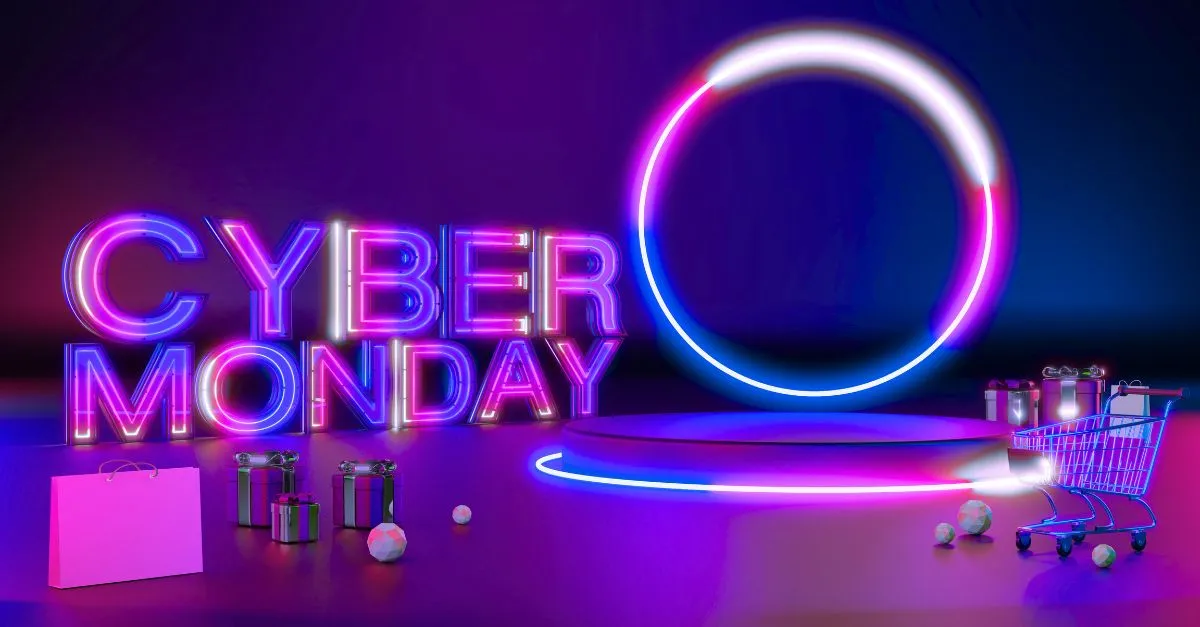The Power of Email Segmentation in Boosting Ecommerce Growth

In today's digital age, email marketing is a powerful and cost effective tool for businesses to engage with their customers and drive sales. However the adage of "when you market to everyone, you market to no one" is truer than ever with AI-based personalization and recommendations, which renders generic messaging useless when it comes to email marketing. To truly maximize the potential of email marketing, e-commerce businesess need to embrace the power of email segmentation for each individual customer that come through the door.
Why Email Segmentation Matters
Email segmentation involves dividing your email list into smaller, more targeted groups based on specific criteria such as demographics, purchase history, interests, and behavior. By doing so, you can create personalized and relevant email campaigns that resonate with each segment, leading to higher open rates, click-through rates, and conversions. Segmentation allows you to tailor your email content to the unique needs and preferences of each segment. By sending personalized messages, you demonstrate that you understand your customers and can provide them with valuable information or offers. This level of personalization fosters a sense of connection and increases engagement with your emails.
Increased Relevance Leads to Higher Conversions and Loyalty
When you send targeted emails to specific segments, you are providing them with content that is relevant to their interests and needs. This increases the likelihood of them taking action, such as making a purchase or clicking on a call-to-action. By delivering highly relevant content, you can significantly boost your conversion rates. Segmentation is not only effective for acquiring new customers but also for retaining existing ones. By understanding your customers' preferences and purchase history, you can create loyalty programs, personalized offers, and recommendations that keep them engaged and encourage repeat business. Building strong relationships with your customers leads to long-term loyalty and advocacy for your brand.
How to Implement Email Segmentation
Implementing email segmentation requires collecting and analyzing data from various sources, such as your e-commerce platform, email service provider, website analytics, and customer surveys. Let's explore some effective ways to segment your email list.
Demographic Segmentation
Demographic segmentation involves dividing your email list based on characteristics such as age, gender, income level, and location. This allows you to tailor your email campaigns to the specific needs and preferences of each segment. For example, you can send different offers or promotions to male and female customers or create localized campaigns for specific regions.
Behavioral Segmentation
Behavioral segmentation involves segmenting your email list based on customer behavior, such as purchase history, browsing activity, or engagement level. By understanding how your customers interact with your website and emails, you can send targeted messages that align with their interests and behavior. For instance, you can send personalized recommendations to customers who have previously purchased similar products or create cart abandonment emails to encourage them to complete their purchase.
Interest-Based Segmentation
Interest-based segmentation involves categorizing your email list based on the specific interests and preferences of your subscribers. This can be done by collecting data through sign-up forms or surveys, or by analyzing customer interactions with your website or content. By understanding your subscribers' interests, you can create highly targeted email campaigns that cater to their specific needs and increase engagement.
Lifecycle Segmentation
Lifecycle segmentation involves segmenting your email list based on where subscribers are in their customer journey. This can include segments such as new leads, first-time customers, repeat buyers, or inactive subscribers. By targeting each segment with relevant content and offers, you can nurture them through the customer journey and increase the likelihood of conversions and customer retention.
Collecting and Analyzing Data for Segmentation
To effectively segment your email list, you need to collect and analyze data from various sources. This includes data from your e-commerce platform, email service provider, website analytics, sign-up forms, and customer surveys. By tracking and storing data on customers' purchases, email engagement, website behavior, preferences, and feedback, you can gather valuable insights to inform your segmentation strategy. Once you have collected enough data for segmentation, it's time to create segments in your email service provider (ESP). The process may vary depending on the ESP you use, but generally, you can create segments by defining specific criteria based on the data you have collected. For example, you can create segments of customers who have made a purchase in the last 30 days or subscribers who have clicked on a specific link in your previous email. Review the number of subscribers who match the criteria and refine your segments if needed.
Sending Segmented Email Campaigns
Once you have created your segments, it's time to start sending targeted email campaigns to each group. To make your segmented email campaigns more effective, consider the following strategies:
Subject Line Personalization
Write subject lines that speak directly to the pain points, interests, or benefits of each segment. This will grab their attention and increase the likelihood of them opening your emails.
Tailored Content and Tone
Use a friendly and personal tone that matches the personality and style of each segment. Customize the content of your emails to address their specific needs, interests, or concerns. This will make them feel valued and increase their engagement with your emails.
Clear Call-to-Action
Include a clear and compelling call-to-action in your emails to encourage each segment to take the desired action. Whether it's making a purchase, signing up for an event, or downloading a resource, make it easy for them to take the next step.
Testing and Analysis
Test different variables such as timing, frequency, content, and subject lines to determine what works best for each segment. Continuously measure and analyze the results of your segmented email campaigns to gain insights into open rates, click-through rates, conversions, and revenue. Use this data to refine and optimize your segmentation strategy over time.
Optimizing Your Email Segmentation Strategy
Email segmentation is an ongoing process that requires monitoring and improvement. To optimize your strategy, consider the following tips:
Keep Your Data Updated and Accurate
Regularly update and maintain your customer data to ensure its accuracy and relevance. Collect additional data as needed to enhance your segmentation capabilities.
Experiment with Different Segmentation Methods
Try different segmentation methods and criteria to find what works best for your business and customer base. Consider combining or splitting segments based on different factors to create more targeted campaigns.
Further Personalization
Consider segmenting your segments further or creating sub-segments to deliver even more personalized emails. The more tailored your emails are to each individual's needs, the higher the chances of conversion and engagement.
Automation
Utilize automation tools and features in your ESP to automate your email segmentation and campaigns. Set up triggers or rules that automatically send emails based on specific actions or criteria. This will save you time and ensure timely and relevant communication with your subscribers.
How to take advantage of email segmentation:
Email segmentation is a powerful technique that can significantly boost your e-commerce growth. By dividing your email list into smaller, targeted segments and delivering personalized and relevant content, you can increase engagement, conversions, and customer loyalty. With the right data, segmentation strategy, and email service provider, you can take your email marketing to new heights and drive sustainable business growth. Start implementing email segmentation today and watch your e-commerce business thrive.



